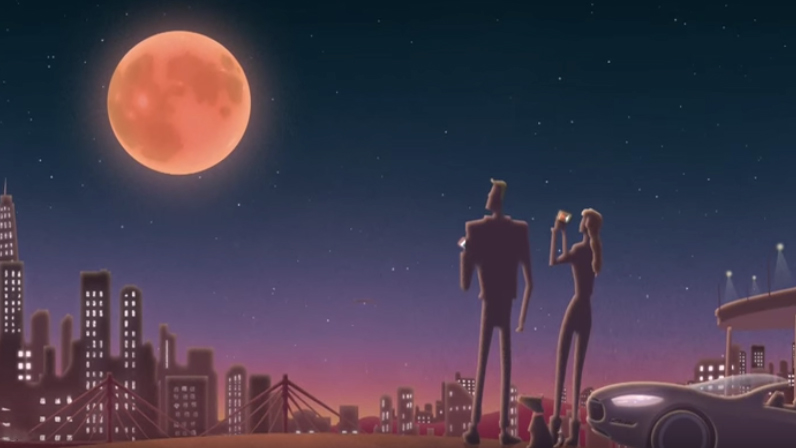Supermoon lunar eclipse: how to see the rare blood moon tonight
The next one won't be till 2033

Update: The supermoon lunar eclipse is tonight! Read on for full details.
A supermoon lunar eclipse is taking place Sunday night/Monday morning, and if you miss your chance to see it you'll have to wait until 2033 for the next one.
Here are the important details: at 5:11pm PT/8:11pm ET on September 27 (1:11am GMT September 28), a shadow will begin to cast over the floating orb. By 10:11pm ET, a total eclipse will have begun, and it will peak at 10:47pm ET.
The eclipse is expected to last 1 hour and 11 minutes. Under clear skies, people in North America, South America, Europe, Africa and parts of West Asia and the eastern Pacific will be able to see the moon as it's overtaken by the Earth's shadow.
The event is so rare, the last supermoon lunar eclipse took place in 1982, according to NASA. There have only been five supermoon lunar eclipses since 1900.
What is a supermoon lunar eclipse?
It's pretty phenomenal that a lunar eclipse is taking place in conjunction with a supermoon. To achieve supermoon status, you need a full moon. Done. Now, as the moon makes its closest approach to the Earth (the moon's orbit is elliptical), it will look up to 14% larger in diameter than normal.
On Sunday/early Monday, the supermoon will be behind the Earth, passing into its shadow. The moon typically reflects sunlight, which results in its usual white glow, but during the eclipse, sunlight will only make it to the moon indirectly through the Earth's atmosphere. Every color except red will be filtered out, resulting in the "blood moon" color we recognize during lunar eclipses.
Sign up for breaking news, reviews, opinion, top tech deals, and more.
If skies are still light or cloudy where you live, or you're stuck inside, NASA is live streaming the eclipse starting at 8pm ET until 11:30pm ET. There will also be a feed coming in from the Griffith Observatory in Los Angeles, Adler Planetarium in Chicago, Ferbank Observatory in Atlanta and other locations.
And in a sign NASA has taken its social media game to a whole new level, a NASA solar physicist will talk about the eclipse and answer questions submitted through Twitter using the hashtag #askNASA.

Michelle was previously a news editor at TechRadar, leading consumer tech news and reviews. Michelle is now a Content Strategist at Facebook. A versatile, highly effective content writer and skilled editor with a keen eye for detail, Michelle is a collaborative problem solver and covered everything from smartwatches and microprocessors to VR and self-driving cars.